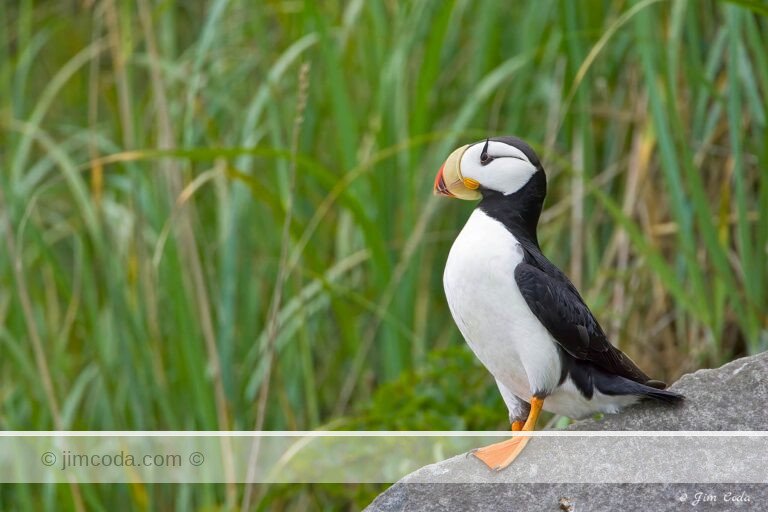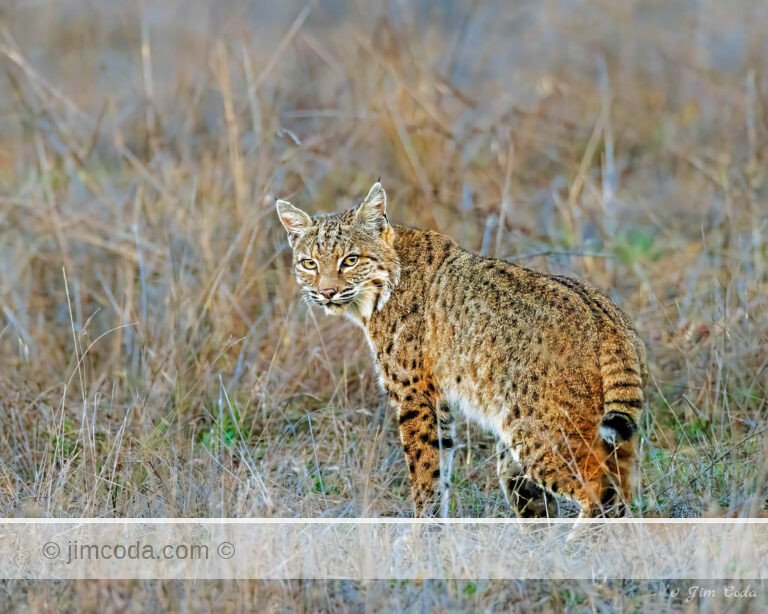Category: Uncategorized
Several years ago I went flyfishing in Lake Almanor for smallmouth bass. As I rowed toward the dam...
Bird nesting is about over now. A couple of California quail families go through our yard every day. ...
A couple of years ago I was on the road to Pierce Point when all of the sudden the road became full of...
I was remiss in my postings last month and one of the reasons was that I was working on a series of posters...
I decided to go out to Point Reyes National Seashore last Friday to see what was going on there. My...
Have you ever seen something in nature that struck you as odd? In May of 2009 I saw something that I...
One Bald Eagle Bites Another.
Today is the third anniversary of the removal of the Bald Eagle from the...
No articles found
Prints for sale
Browse my selection of photos for sale as fine art prints
Filter by category
Sorry, no prints in this category









